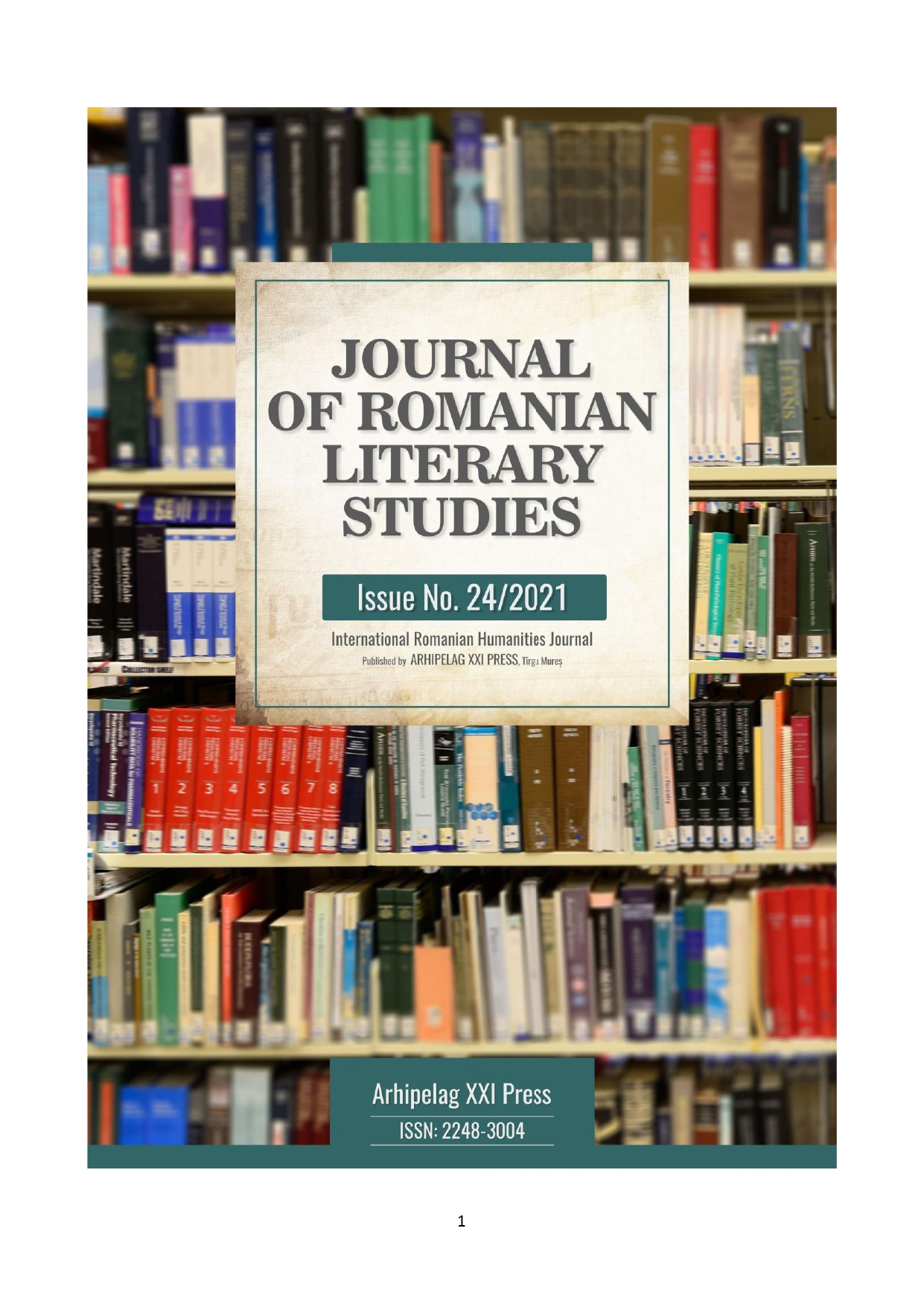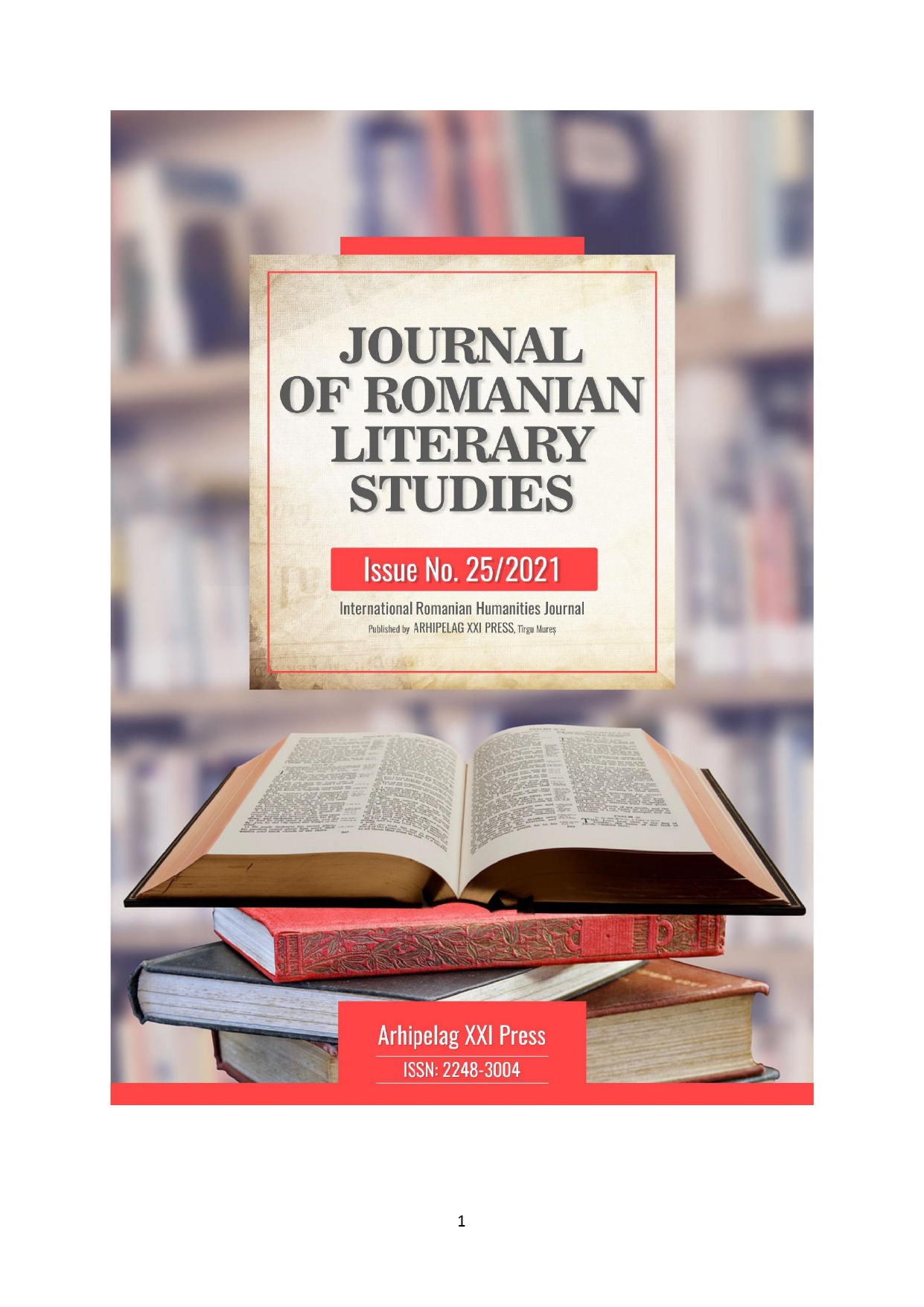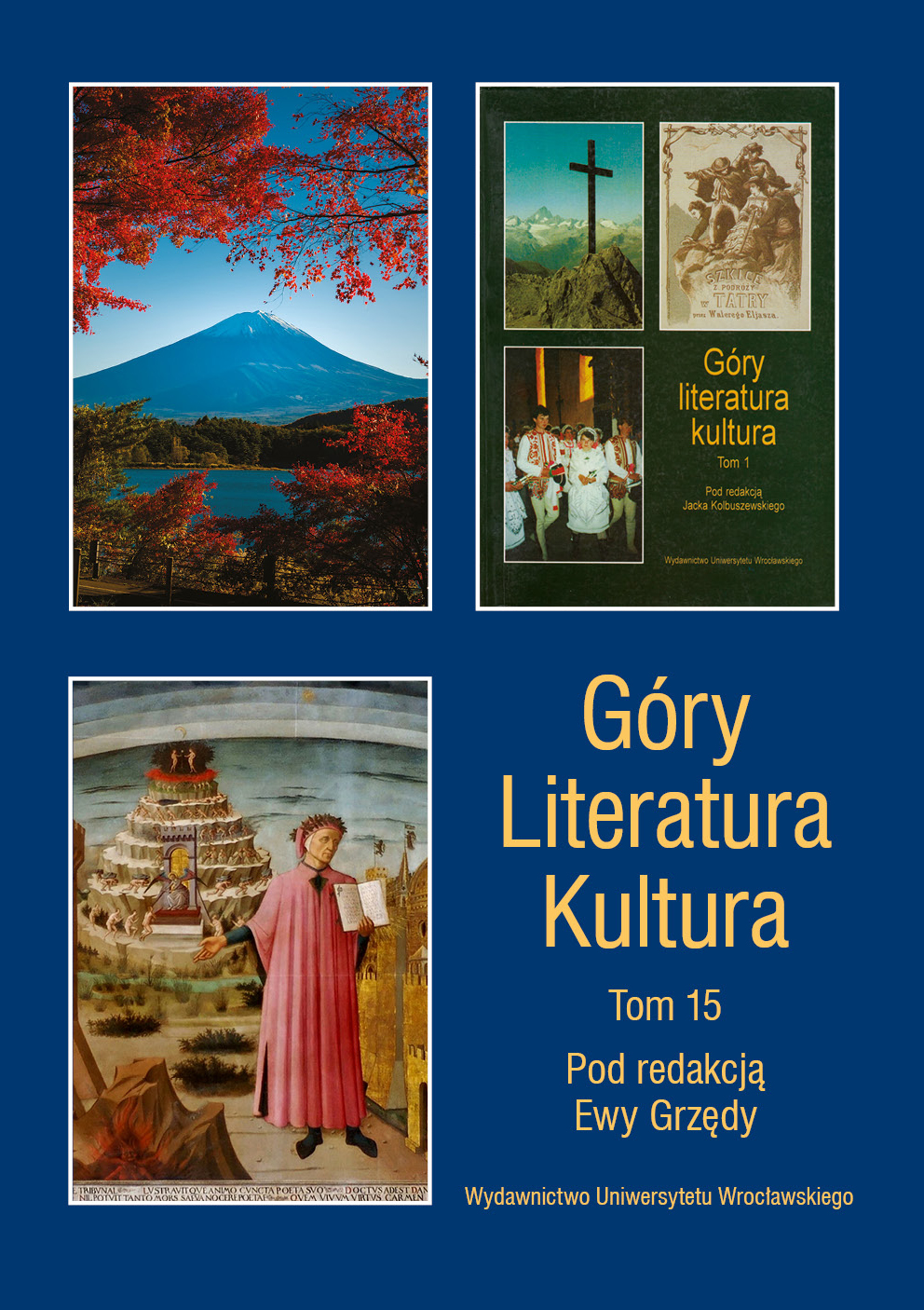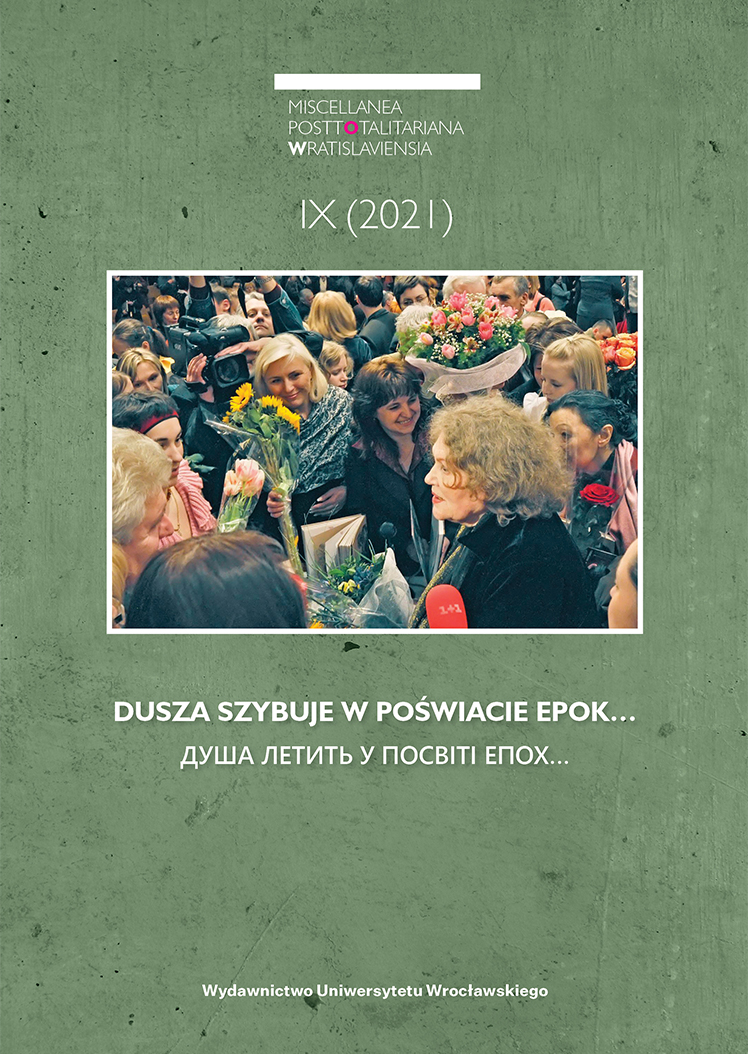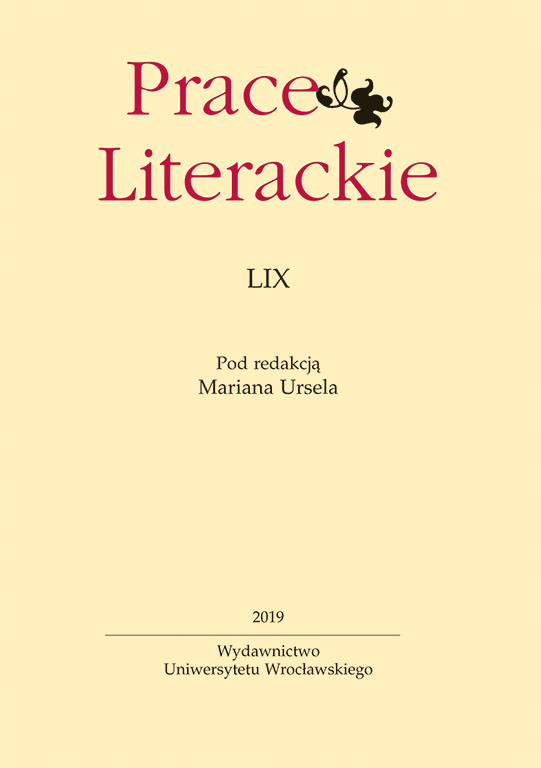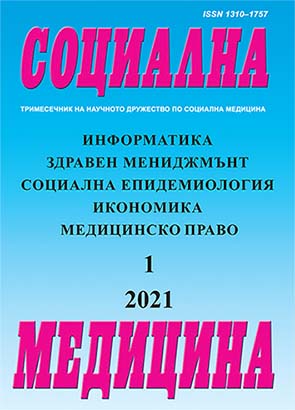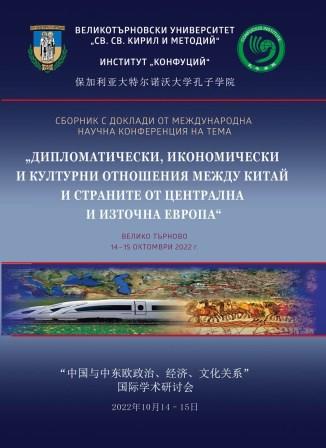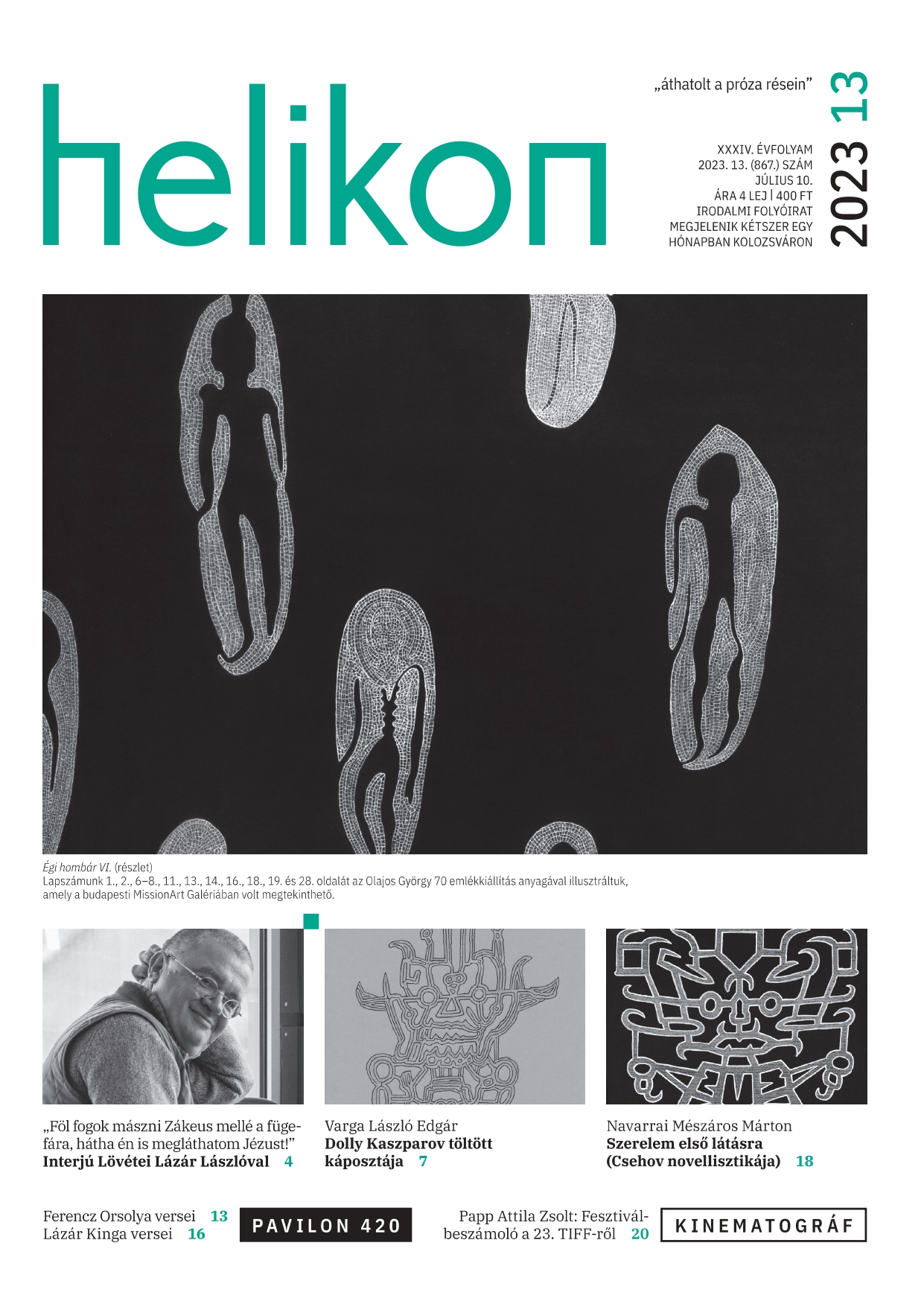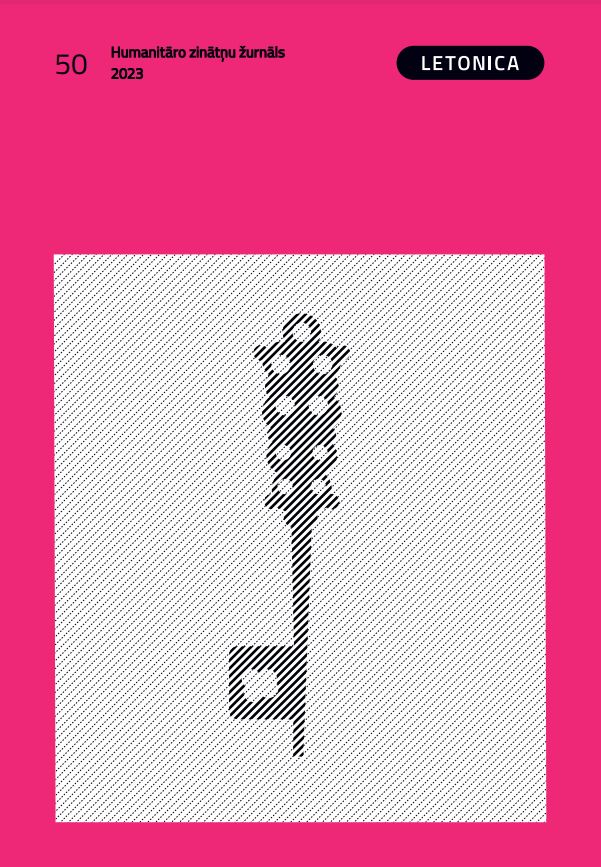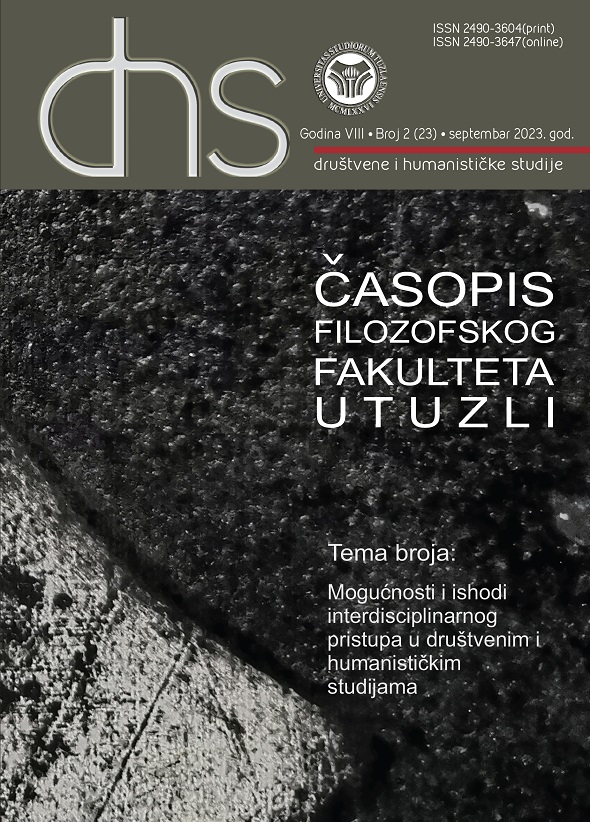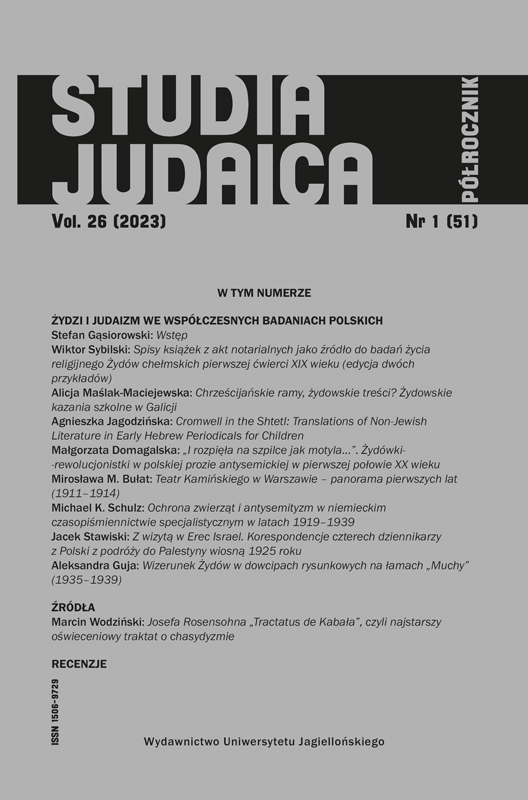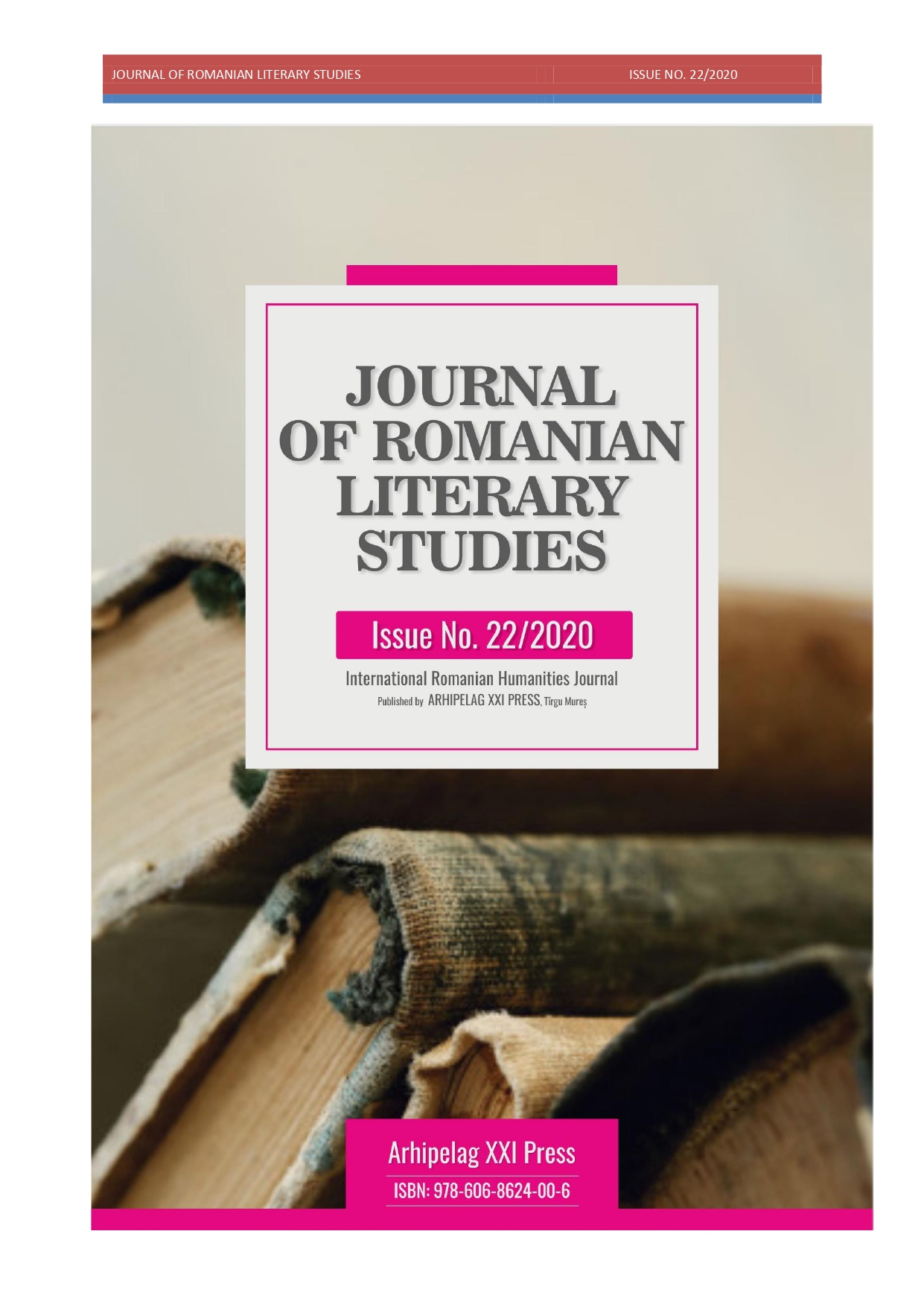
FAIRY TALES AND STORIES IN THE ROMANIAN TRADITION FROM VOVODINA, THE REPUBLIC OF SERBIA
This paper aims to suggest some points of reference, which could help to reach a clearer image that is focused on the attention paid to a real and current state of affairs, namely: the place of fairy tales and stories in the cultural space of the Romanians in the Serbian Banat. In the mentioned cultural context, folk and fairy tales were spread and received orally, but also from written sources and the mass media. The important factors that contributed to the spread of fairy tales among the Romanians in Vojvodina were: family, educational institutions, researchers and some of the Romanian-language writers, who turned their gaze to the world of childhood. Fairy tales and stories, in addition to other folk creations (legends, anecdotes, fables, lyric and epic pieces of writings in verse), are one of the means that contribute to the preservation of the cultural and identity heritage of the Romanians in Serbia and, at the same time, the preservation of their mother tongue.
More...
